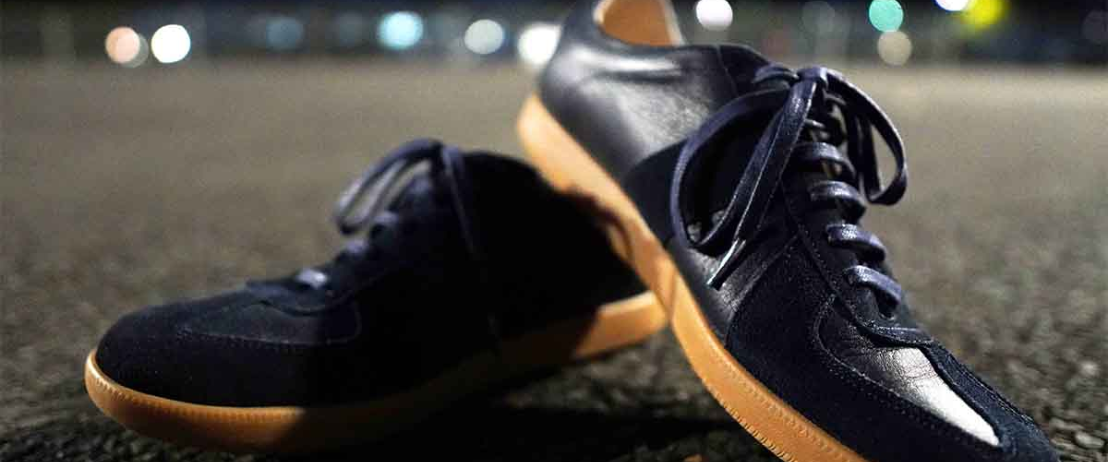Can AC Water Be Used for Gardening? Benefits, Risks, and Ways to Save Money
Home and Tech
When air conditioners run, they pull moisture from the air. That moisture turns into water, known as condensate or AC water. Most of the time, this water is drained and wasted. But with more people wanting to reuse resources and save water, some wonder if this byproduct can help in the garden.
Let’s look at the benefits, possible downsides, and how to safely use AC water for your plants.
What Exactly Is AC Water?
AC water forms when your air conditioner cools warm, humid air. The moisture in the air condenses on the cooling coils and turns into water droplets. This water usually goes down a drain, but it can be collected and reused.
In hot and humid areas, air conditioners can produce several gallons of water a day. That’s a lot of water that could be used for watering plants—especially when water bills are high or water restrictions are in place.
Pros of Using AC Water for Your Garden
Saves Money
Using AC water helps lower your water bill, especially if you have a big garden. Replacing some of your tap water with AC water means less water is used from the hose—great for your wallet and the environment.
Good for the Environment
Reusing water that would otherwise go to waste helps conserve fresh water. In dry areas or places with droughts, this makes a big difference. It’s a small step toward more eco-friendly gardening.
Gentle on Non-Edible Plants
AC water is soft and doesn't have the minerals found in tap water. That’s great for flowers, shrubs, and indoor plants. Over time, tap water can leave behind salts in the soil, but AC water avoids that.
Cons to Be Aware Of
1. No Nutrients
Unlike rainwater, AC water doesn’t contain helpful minerals. If you only use AC water, your plants might miss out on the nutrients they need. This is why it’s best to mix AC water with rainwater or use fertilizer to give your plants the full nutrition they need.
2. May Have Contaminants
If your AC unit isn’t cleaned often, the water could have dirt, dust, or mold. This might not harm flowers or grass, but it could be bad for vegetables or herbs. Always make sure your AC system is clean if you plan to use the water in your garden.
3. Not Safe for Edible Plants
Because of possible bacteria or mold, AC water isn’t safe for plants you eat. It’s better to use it only on non-edible plants like flowers or lawn grass.
How to Use AC Water the Right Way
Set Up a Collection System: Place a clean bucket or water barrel under your AC’s drainpipe to collect the water. Make sure the container is clean to avoid adding dirt to your garden.
Filter and Test the Water: Even if the water looks clean, it’s smart to filter it before using. You can also test the pH to make sure it’s not too acidic. This helps protect your plants, especially if you use the water often.
Mix with Other Water Sources: Don’t rely only on AC water. Use it along with rainwater or tap water to make sure your plants get all the nutrients they need.
Best Time to Water: The best time to water your garden is early morning or late afternoon. That way, the water can soak into the soil before the sun evaporates it.
AC water can be a smart and eco-friendly way to help your garden—if used correctly. It’s great for non-edible plants and can save you money, but it’s not perfect. It lacks nutrients and might have some hidden risks if your unit isn’t clean.
If you collect it safely, mix it with other water, and stay aware of its limits, AC water can become a helpful part of your garden routine.
Want more smart gardening tips? Follow Fashionluz for easy, eco-friendly solutions and home care ideas.
.png)
.png)
